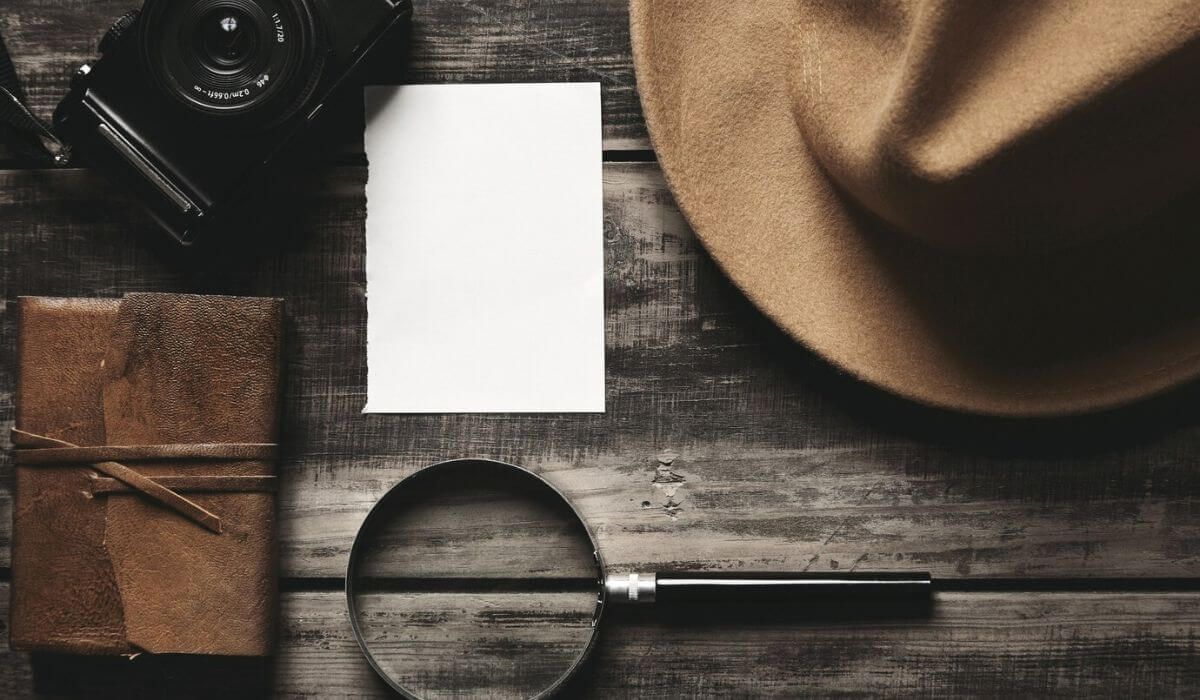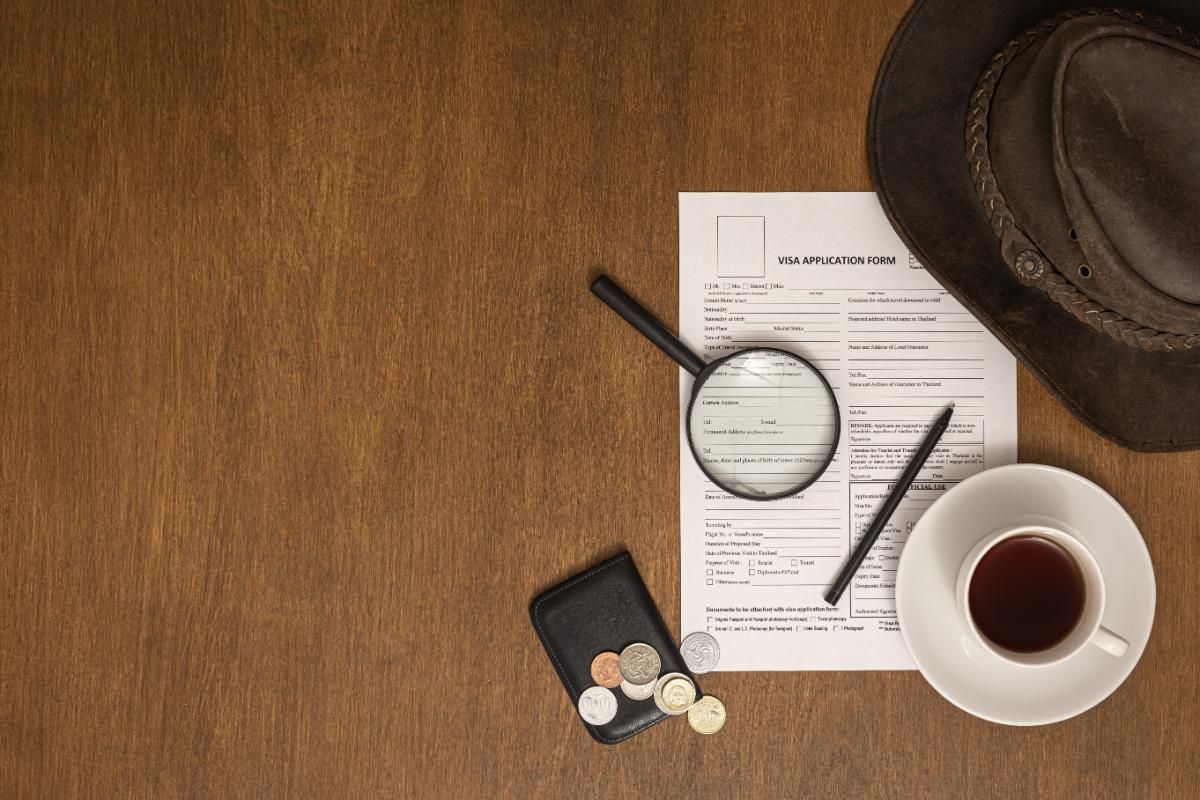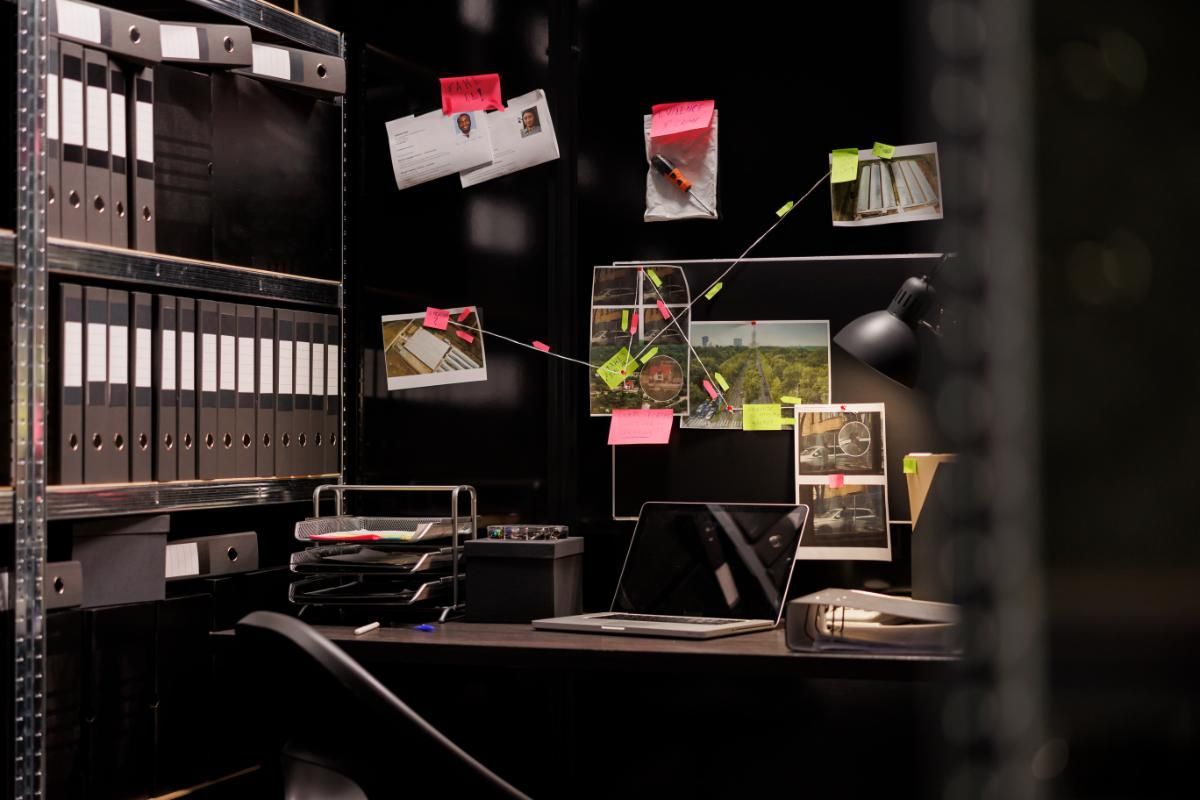The Basics of Surveillance in Private Investigation
When it comes to private investigation, one of the most essential tools at a private investigator's disposal is surveillance. Whether you're dealing with a legal case, conducting a background check, or gathering information for a personal matter, surveillance provides critical insights that can help piece together the full picture. But what exactly is surveillance in private investigation, and how does it work? Let’s break it down.
As someone with years of experience in the field, I can tell you that surveillance is both an art and a science. It requires precision, patience, and the ability to blend in with the surroundings, all while gathering valuable information that can make or break a case.
In this article, I'll walk you through the basics of surveillance in private investigation, sharing what it involves, the techniques used, and what you can expect from a private investigator when they’re conducting surveillance.
What is Surveillance in Private Investigation?
Surveillance is the act of closely monitoring a person, place, or activity to gather information. In the context of private investigation, surveillance usually involves observing an individual’s behavior or movements to uncover hidden details. This could be anything from tracking a person’s daily routine to monitoring suspicious activities that could be relevant to a legal or personal investigation.
The goal of surveillance is to gather evidence, whether that’s photos, videos, or written reports, which can then be used in court cases, employment matters, or other situations where proof is needed.
Key Types of Surveillance in Private Investigation
Surveillance is a broad term, and there are several types of surveillance techniques that investigators use depending on the nature of the investigation. Here are the most common types:
Physical Surveillance
- What it Involves: This is the classic type of surveillance most people think of when they imagine a private investigator. It involves physically following a person or observing a location in person.
- When It’s Used: Physical surveillance is used when an investigator needs to observe a subject’s movements, behavior, or associations in real time. This could involve tailing a person, staking out a location, or simply sitting discreetly in a public place to watch a subject.
Mobile Surveillance
- What it Involves: Similar to physical surveillance but on the move. Investigators use vehicles to follow subjects discreetly as they travel from one location to another.
- When it’s Used: If the subject is constantly on the go—whether they’re driving to different places or meeting with different people—mobile surveillance is often employed to track their movements.
Electronic Surveillance
- What it Involves: Electronic surveillance refers to using technology, such as cameras, GPS trackers, and audio recorders, to monitor a subject remotely.
- When it’s Used: This is often used in situations where physical or mobile surveillance is impractical or when you want to gather information without being seen. For example, placing a hidden camera at a particular location to observe a subject’s behavior while they’re unaware of it.
Online Surveillance
- What it Involves: In today’s digital world, much of our lives are spent online. Online surveillance can include monitoring social media accounts, emails, and online activity.
- When it’s Used: This is particularly useful in cases where the person being investigated has a strong online presence. It can provide insights into their relationships, behaviors, and even illegal activities they might be involved in.

Techniques Used in Surveillance
Now that you have a general understanding of what surveillance is and the different types used in private investigation, let's take a look at the techniques that make it effective.
Planning and Preparation
Before any surveillance begins, a private investigator will spend time preparing. This involves understanding the subject’s daily routine, researching the area where the surveillance will occur, and deciding on the best methods and equipment to use. A well-structured approach, much like a thorough due diligence process, ensures that the investigation is both effective and legally compliant.
Discretion and Blending In
One of the most important aspects of surveillance is maintaining discretion. Investigators need to blend in with their surroundings so that they’re not detected. This could mean dressing in a way that doesn’t draw attention or using different vehicles to avoid being spotted.
Documenting Evidence
Surveillance isn’t just about following a subject around—it’s about gathering verifiable evidence. Whether it’s through photographs, videos, or written notes, a private investigator must document everything meticulously. The goal is to create a comprehensive report that can be used in legal proceedings or to support the investigation.
Use of Technology
In today’s investigative world, technology plays a major role in surveillance. GPS trackers, hidden cameras, drones, and other gadgets are revolutionizing the way investigators work. These advancements reflect how modern technology is shaping private investigations, allowing professionals to gather more precise information while staying out of sight.
Concentration and Patience
Surveillance often requires a high level of concentration and patience. Investigators may spend hours or even days tracking a subject’s movements. During this time, they must remain alert and stay focused on the task at hand, which can sometimes mean long periods of inactivity.

What to Expect When Hiring a Private Investigator for Surveillance?
If you’re considering hiring a private investigator for surveillance, it’s important to know what you can expect. Here are a few things to keep in mind:
- Initial Consultation: A good private investigator will first want to understand the details of your case. They’ll ask you questions about the subject, your goals, and the context of the investigation. This allows them to plan the surveillance accordingly.
- Tailored Approach: Not all surveillance is the same. Your investigator will tailor their approach to your specific needs. They’ll choose the type of surveillance that’s most appropriate for your case, whether it’s physical, mobile, electronic, or online.
- Regular Updates: During the surveillance process, your investigator will typically provide you with regular updates. This could be in the form of photos, video footage, or written reports. Communication is key, so you’ll always know what’s happening.
- Final Report: Once the surveillance is complete, your investigator will provide you with a detailed report outlining everything they observed. This report can include photos, videos, or audio, and it’s often used as evidence in legal proceedings.

Legal and Ethical Considerations
Surveillance, while incredibly useful, is not without its limitations. Private investigators must adhere to legal and ethical guidelines during an investigation. For instance, surveillance cannot involve trespassing, invasion of privacy, or the use of illegal methods to gather information.
Always make sure that the private investigator you hire is licensed and follows all local laws. A professional investigator will understand the boundaries and work within them to protect both you and yourself.


